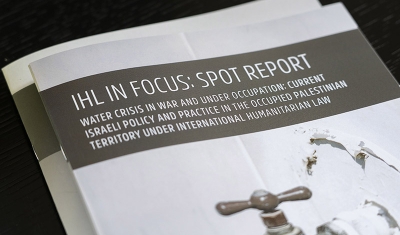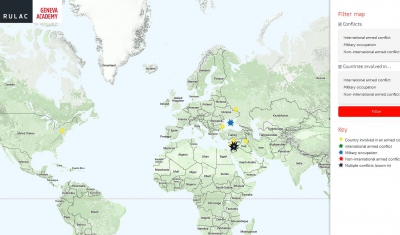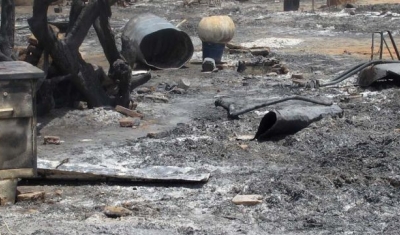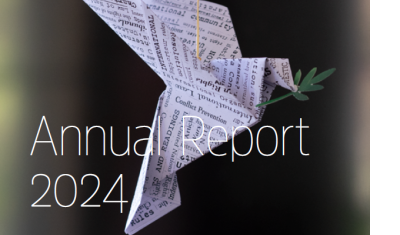Crimea: Between Annexation and Reunification

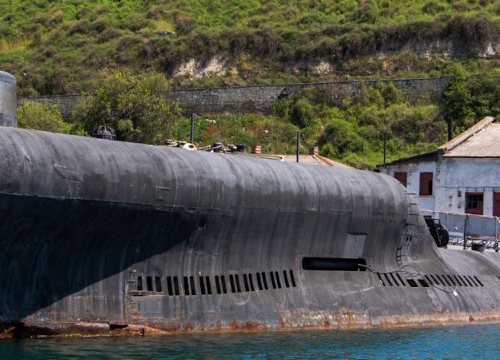
Sergii Gulenok
27 November 2018
The War Report article Crimea: Between Annexation and Reunification presents an overview of the situation in Crimea, including the peninsula’s history, the 2014 annexation by Russia, the main actors involved – the Russian Federation Forces, the Ukrainian Forces and the Self-Defence Crimean Forces – and recent developments in 2018.
It will form part, along with other analysis of conflict situations, of the War Report 2018 which will be published at the beginning of 2019.
The Seizure of Three Ukrainian Naval Vessels on 26 November 2018: Renewed Tensions in the Crimean Peninsula
The article was written by Grazvydas Jasutis during his time as Visiting Research Fellow at the Geneva Academy.
This article provides the tools to understand the dynamics at play in this complex political situation, especially after the seizure of three Ukrainian naval vessels by the Russian Armed Forces off the Crimean Peninsula on 26 November 2018, underlines Dr Annyssa Bellal, Senior Research Fellow and Strategic Adviser on International Humanitarian Law at the Geneva Academy.
‘Written by a scholar and conflict management practitioner with extensive experience in the region, it allows grasping with the historical and legal dimensions of this conflict and the different views of the parties’ she adds.

The Military Occupation of Crimea by Russia in the Rule of Law in Armed Conflict Conflicts Online Portal
The Rule of Law in Armed Conflicts (RULAC) online portal provides a legal analysis of the military occupation of Crimea by Russia, including an overview of the situation, its classification as a military occupation and applicable law.







